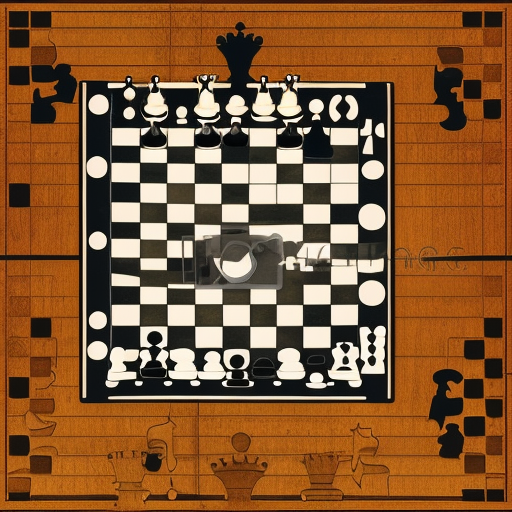
Check the game here: https://lichess.org/GF9YULQP
The other candidate move is 1. g4.
The conditional market for the other move is here:
If the value (averaged over the last 4 hours before close) of this market is higher than in the other market, then this market resolves PROB to the score after move 2. Otherwise, it resolves N/A.
The score after move 2 is the value (averaged over the last 4 hours) of the conditional market of the winning move in move 2.
Note that when the game ends, the score will be 1.0 - #moves x 0.0004 if white wins, 0.5 - #moves x 0.0002 if its a draw, or 0.0 if we lose.
More details for the overall game here:
https://manifold.markets/harfe/will-white-win-in-manifold-plays-ch
🏅 Top traders
| # | Name | Total profit |
|---|---|---|
| 1 | Ṁ5 | |
| 2 | Ṁ1 | |
| 3 | Ṁ0 | |
| 4 | Ṁ0 |
@harfe Next time I might just use a RNG at home for this purpose (but not for the move picking, just for probabilistic rounding). Is anyone against this?
I'm confused. I understand that we're predicting something called the "score", which somehow quantifies how the game is going for white, and we will pick the move that maximises that score.
What I don't understand is what the score is. If we neglect the "short game incentive", the score at the end of the game is 1, 0.5, or 0, but what's the score after move 2?
"the value (averaged over the last 4 hours) of the conditional market of the winning move in move 2."
So if we go
1. e4 e5 2. Nf3
then there would have been a conditional market saying "if we go Nf3 on move 2, what will be the score after move 3?"
So this market resolves to the final probability (time averaged) of the move 2 market? So this market resolves to the prediction of the score after move 3? The score after move 2 is the prediction of the score after move 3?
Can I just think of this market as "conditional on playing 1. e4, what is the probability of white winning?"
@Fion This seems right, yes.
"conditional on playing 1. e4, what is the probability of white winning?" is imo the right way to think about this. Not quite technically correct, because of the short game incentives it is a tiny bit lower.
@Fion Assuming this 1. e4 AND next 2. Nf3 were made (conditionals had higher 4h avg prediction than alternatives), then this one (move 1) resolves to that (move 2) 4h avg prediction.
But while making that move 2 prediction traders didn’t know which candidates would face off for move 3; it could be resign1 vs. resign2! so they must assign some probability to that event, which of course would result in a NO resolution for one of those resigns as well as Nf3’s conditional.
In conclusion, yes we’re predicting the probability of white winning after playing Nf3 using this system but that is clearly disconnected from the true probability of an average player winning with Nf3 in a normal game.
@deagol @harfe Ok, thanks for explaining. It's a bit weird how we're using these conditional markets to judge the better move, but bettors have to take into account the chances of somebody making a blunder happen in like 10 moves time.
Like, if I'm more optimistic than everybody else about our overall chances of winning, even if I'm right about that, if I bet on these conditional markets on that basis I'll still lose mana because probably the next conditional market will settle somewhere low.
But then I suppose that's what the overall "will White win" market is for... In these ones we're betting about what Manifold will collectively believe our chances are one move later.
@Fion Right, kinda like a Keynesian Beauty Contest in the short term, but longer-term if your optimistic hunch was in fact more accurate than others, the main market should adjust to that new reality and the conditionals would tag along (or is it the other way around?). But maybe that’s when the whales take control, I guess.